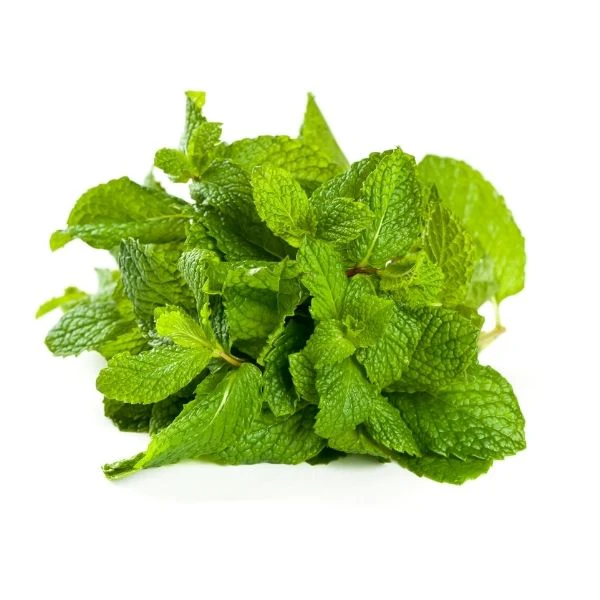
Fresh Spearmint - 100g
Essential for making the Indian mint sauce, tabbouleh and decorating your fruit salad! Or add to your naughty non-alcoholic cocktails with Australian Lyre'e non-alcoholic liquor collection!
Dr. Mark Hyman raves about spearmint:
"A refreshing and energizing herb in its own right, spearmint often takes a backseat to its more boisterous relative, peppermint. But many people find they enjoy the more subtle flavor notes of this member of the mint family, which of course comes with some amazing health benefits. Spearmint was found to improve working memory in both men and women with age-related memory decline, and a recent randomized, double-blind, placebo-controlled trial found that it also benefits young, healthy people through enhanced cognition such as increased focus and attention. Use spearmint for a morning pick-me-up in my Spicy Cucumber Mint Smoothie."
Why Should You Eat More Herbs and Spices?
Herbs have been used since ancient times for their medicinal properties, mostly concentrated into teas and tinctures. More recently, their healthful value as a food ingredient has been realized. For one, herbs add a burst of flavor to food, allowing you to cut back on salt without sacrificing taste. And several herbs, including parsley, have significant amounts of the essential vitamins A, C and K.
But the true power of herbs lies in their wealth of protective polyphenols — plant compounds with potent antioxidant and anti-inflammatory effects. Piles of studies show that polyphenols in herbs help combat such diseases as cancer, heart disease, Alzheimer’s, diabetes and more. Polyphenols are anti-microbial, so they can help protect us from harmful bacteria as well. Although many of the studies on herbs’ effects have involved concentrated solutions of the leaves’ active components, there is evidence that their benefits still apply when they are cooked and eaten as part of a regular meal, too.
Credit : The Washington Post
Nutritional Information
While not typically consumed in large quantities, mint does contain a fair amount of nutrients.
In fact, just under 1/3 cup or half an ounce (14 grams) of spearmint contains:
Calories: 6
Fiber: 1 gram
Vitamin A: 12% of the RDI
Iron: 9% of the RDI
Manganese: 8% of the RDI
Folate: 4% of the RDI
Because of its dynamic flavor, mint is often added to recipes in small amounts, so consuming even 1/3 cup may be difficult. However, it’s possible you may come close to this amount in some salad recipes that include mint among the other ingredients.
Mint is a particularly good source of vitamin A, a fat-soluble vitamin that is critical for eye health and night vision.
It is also a potent source of antioxidants, especially when compared to other herbs and spices. Antioxidants help protect your body from oxidative stress, a type of damage to cells caused by free radicals.
Credit: healthline.com
Recipe: Non-Alcohol Cucumber Mint Gin and Low Sugar Tonic
Ingredients:
6 thin slices cucumber
6 fresh mint leaves
¼ lime
1 ½ ounces Vermont Virgin Lime & Lemon Non-Alcoholic Gin
30ml, Svami Cucumber Tonic Water
Steps:
1. Fill a glass half full with ice. Pound the cucumber and mint leaves in a mortar and pop over the ice into the glass. Squeeze the lime over the ice and toss that in as well. Pour in the non-alcohol gin, and then the tonic, and give a quick stir. Serve it up.











